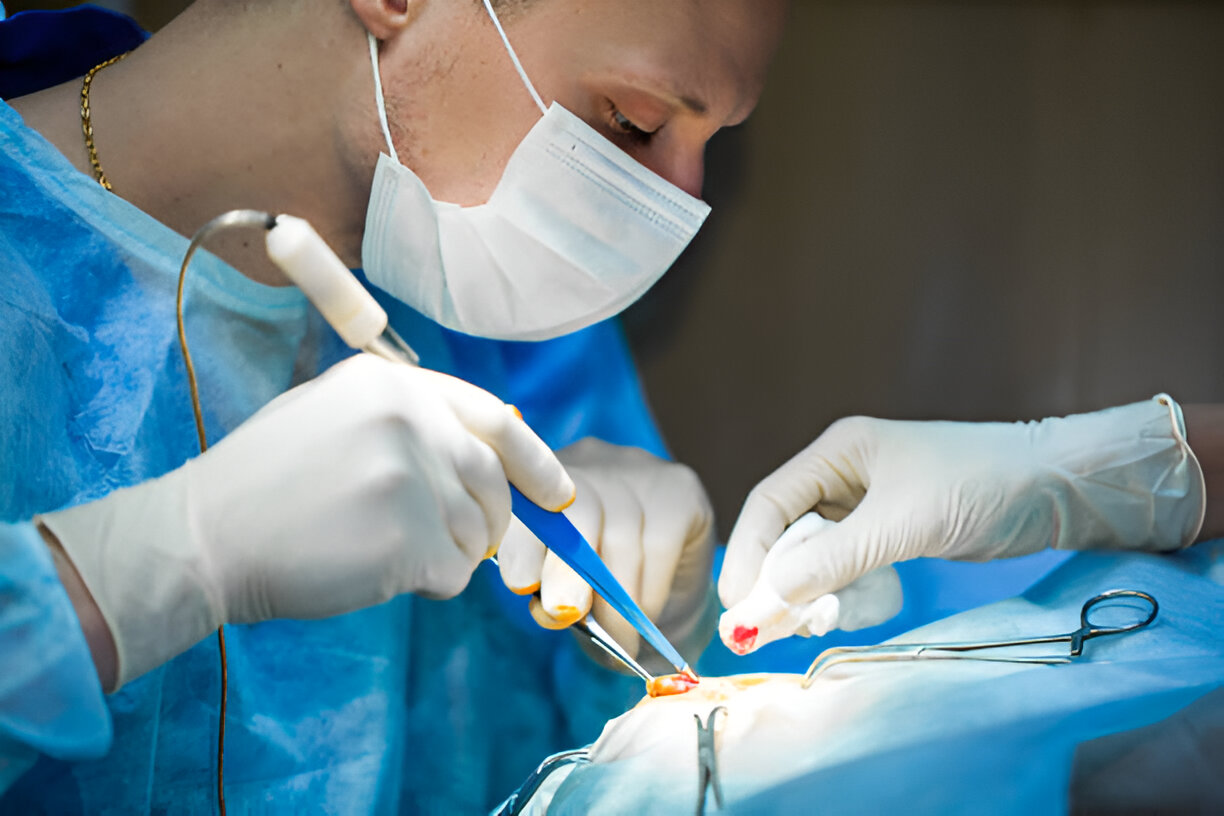Hernioplasty

Hernioplasty: A Modern and Effective Repair for Hernias
A hernia occurs when an internal organ or tissue pushes through a weak spot in the muscle or connective tissue, often appearing as a bulge in the abdomen or groin. Hernioplasty is one of the most advanced and widely used surgical methods for hernia repair, offering a safe, effective, and long-lasting solution.
What is Hernioplasty?
Hernioplasty is a surgical procedure where a mesh is used to reinforce the weakened muscle wall. Unlike traditional herniorrhaphy (suturing only), this method uses synthetic or biological mesh material, greatly reducing the risk of recurrence.
- Inguinal hernia (groin)
- Umbilical hernia (belly button)
- Incisional hernia (after previous surgery)
- Femoral hernia (upper thigh/groin)
Types of Hernioplasty
- Open Hernioplasty: A cut is made near the hernia, the tissue is repositioned, and a mesh is placed to reinforce the wall.
- Laparoscopic Hernioplasty: A minimally invasive approach using small incisions, a camera, and instruments. It offers quicker recovery and less post-surgical pain.
Why Is Hernioplasty Preferred?
- Lower risk of hernia recurrence
- Faster recovery and minimal downtime
- Less post-operative pain
- Safe, effective, and globally accepted
What to Expect During & After Surgery
The surgery is performed under local, spinal, or general anesthesia, lasting 30 minutes to a few hours. Most patients can return home within 24 hours.
- Mild soreness and swelling are common
- Avoid heavy lifting for 4–6 weeks
- Most patients resume daily activities within 1–2 weeks
Risks and Complications
- Infection
- Bleeding
- Mesh rejection (rare)
- Recurrence (very rare with mesh)
Hernioplasty has revolutionized hernia care by offering a durable and reliable treatment. Early consultation with an experienced surgeon ensures smoother recovery and a better quality of life. Don’t ignore that bulge—get it treated on time for a healthier tomorrow.